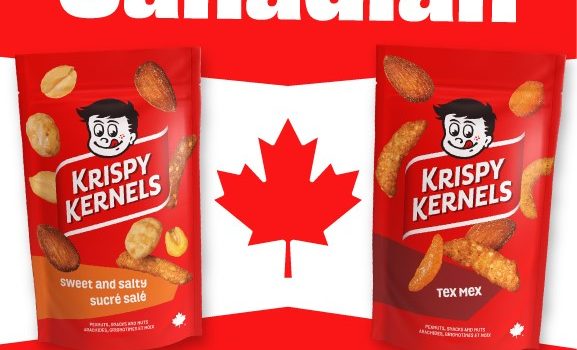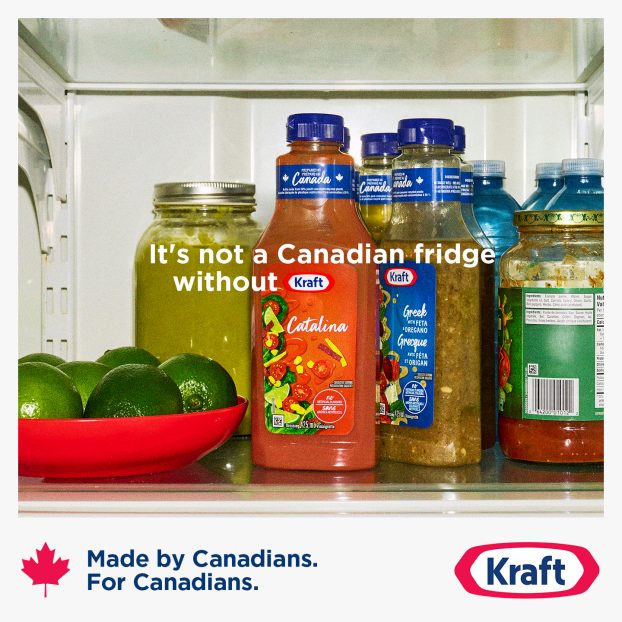Sleeman’s 1996 move into Quebec is now famous. The Guelph, Ont.-based brewer had the nerve to put its own company president onto a series of low-budget radio spots, speaking incredibly bad ‘Frenglish,’ and humbly inviting Quebec beer drinkers to try his beer.
‘I get off the plane in Montreal and go to rent a car and people say, ‘Oh yeah, I heard you on the radio. Love your ads,” says John Sleeman, who has been asked for his autograph on more than one occasion.
Even more amazing than the idea are the results. By 1998, the company had earned an impressive 2% market share and was selling more brew than Quebec’s top five microbreweries combined – all for the same amount of money a mainstream beer company spends on one TV spot today.
Simple honesty instantly made the beer stand out in a marketplace awash in 30-second house parties and beer-guzzling babes. It also solved almost every one of the company’s business problems: a minimal advertising budget, and a product that seemed to defy categorization – not a microbrew, but not an import either.
Everything changed in 1999, when imports such as Heineken and Corona moved into the market. In one year Sleeman lost 15% of sales volume, with an additional 10% drop in 2000. The easy-drinking imports hit at one of the products’ main brand assets – premium drinkability.
‘The premium import was a new category,’ says Philippe Meunier, VP/CD at Montreal’s Diesel Marketing. ‘We have a premium beer but we don’t have the badge effect of Heineken, and we don’t have their money.’
Sleeman’s unique product proposition was lost, and the company was still grappling with a brand that was obviously Canadian in a marketplace where Canadianness is not an asset.
In the summer of 2001, Diesel again took up its old strategy of using John Sleeman, the friendly, likable beer enthusiast who wanted to share his brew with Quebecers. This time, John was making his own TV spots.
One ad shows Sleeman experimenting with hand-drawn labels, including a woman in a bikini, a beach scene and extreme sports. Another has Sleeman displaying flashlight tricks with the Sleeman bottle. A third has Sleeman demonstrating how to make a Sleeman T-shirt with a beer bottle and an ink pad (hint: the label is embossed).
In all three spots, only Sleeman’s hands appear (the rest of him is behind the camera). At the end of each spot, Sleeman presses a tape recorder to play the Sleeman jingle, familiar from multiple radio spots in the past.
According to Meunier, focus group research found that the trope that ‘all beer ads are the same’ was becoming evident to consumers.
The ads were a slap in the face to traditional beer advertising – and in some cases, an overt comment on ad practices. Simple product-shot billboards appeared with lines like ‘No need for bikinis in our ads’ or ‘Labels are there to hide beer.’
The campaign still laid bare Sleeman’s foreign roots, his difficulties with understanding Quebec, and his poor French (stepped up to ‘Franglais’ at this point, thanks to some tutoring) – while providing the post-modern twist that young, educated men love. On top of that, Sleeman was now comparing itself to mainstream beer advertising – putting the brand into mainstream consciousness, while remaining slightly above it.
At $30,000 apiece, the three TV spots paid off. Total brand awareness for the beer went from 71% in 2000 to 92% in 2002. That fall, Sleeman topped all beer brands with an unaided advertising awareness of 13%. Sleeman was the number-one brand Quebec beer drinkers were switching to. Sleeman regained sales targets by 2002 and increased sales a further 5% at a time when there were no other significant shake-ups in the premium beer market.
New TV spots now in the works for the heated summer season will air sometime in early May. Until then, Sleeman isn’t worried. The brand has carved a niche for itself in this market.
‘We’re working on the same brief as the rest-of-Canada agency,’ Meunier says. ‘We’re both working on the honesty approach [recall the ‘label-free music’ radio spots from Toronto’s Zig last year]; but the way we do it in Quebec comes from consumer insight in Quebec.
‘If at the end of the day we sell more beer with a beaver on it, a beer that’s brewed in Guelph, Ont., that’s proof that you can do anything.’























